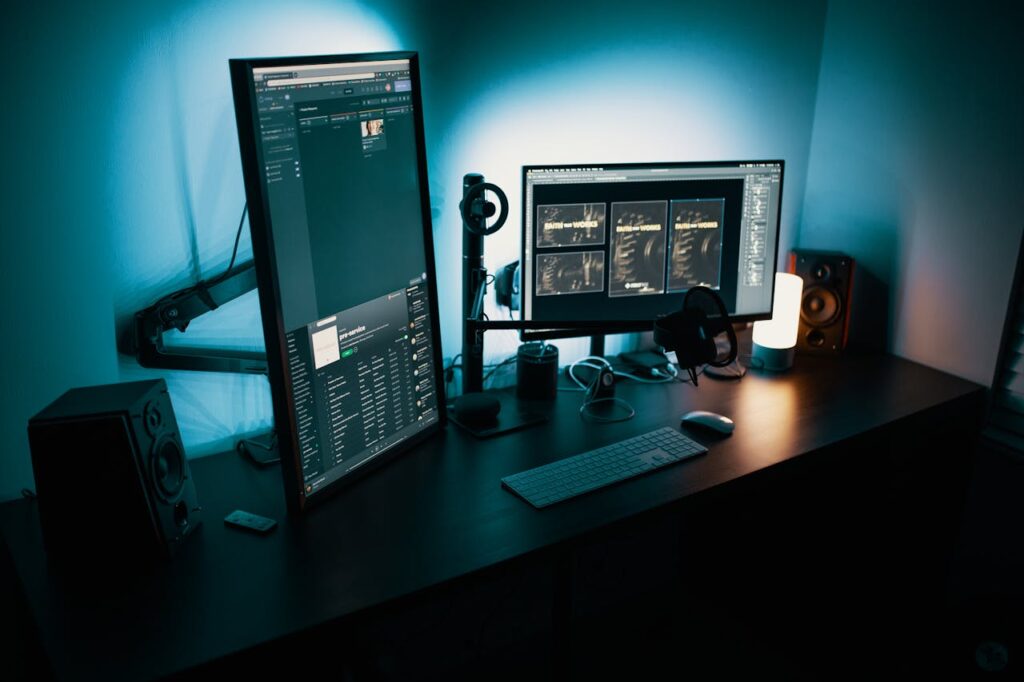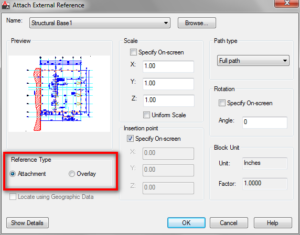What Designers Need to Know About the New Features, Available in AutoCAD 2025

What Designers Need to Know About the New Features, Available in AutoCAD 2025
Every new iteration of AutoCAD brings with it new tools, workflows that are more intelligent, and subtle changes that help architects, engineers, and designers work more effectively. This is because the world of design and draughting is always growing. The year 2025 autoCAD is not an exception. It does not attempt to reinvent the wheel; rather, it builds deliberately on what customers already appreciate, adding new tools powered by artificial intelligence, advancements to collaboration, and interface refinements that save valuable time on every project. Not only are these upgrades intriguing, but they have the potential to alter the way you work if you spend a significant amount of time each week working inside AutoCAD.
Improved Artificial Intelligence Assistance: Draughting More Quickly and Drawing More Intelligently
In AutoCAD 2025, one of the most notable characteristics is the increased use of artificial intelligence to provide designers with assistance in their day-to-day work. The program may now make predictions about instructions based on your sketching patterns, which can assist you in locating the tools you need more quickly. When you begin a command that is linked to a certain layer, for instance, AutoCAD may propose that you move to that layer automatically. This is because you are interacting with that layer often.
New object identification technologies that are powered by artificial intelligence are able to recognise aspects that are repeated inside your design and propose to convert them into blocks that may be reused. This helps clear up drawings that are congested and assures consistency without the need for the laborious hunt-and-replace approach that used to take hours.
Enhancements to the Collaboration Tools Available to Hybrid Teams
The real-time collaboration capabilities of AutoCAD 2025 have been improved in response to the growing number of design teams who are working in separate locations and even different time zones. At this time, various members of the team are able to examine and comment on drawings in real time without the need to save an infinite number of revisions or transmit large files back and forth.
The introduction of new markup help tools has made it simpler to superimpose comments and recommendations on top of the basic design without permanent alterations being made. After the input has been accepted, it is possible to automatically apply adjustments, which will ensure clarity and reduce the number of emails that are sent back and forth. The design reviews are made more efficient and clearer by these elements, particularly for big projects that include a significant number of stakeholders.
User Interface Improvements and Enhanced Personalisation
AutoCAD users often report that little adjustments to the user interface make the most significant impact on a daily basis, and the 2025 update includes a number of these changes. The properties palette has been overhauled to make it simpler to use. It now has sections that can be collapsed and defaults that are more intelligently determined by your most recent activities.
It is now possible for users to customise the ribbon even more, allowing them to modify it to suit certain processes. In the event that you operate primarily in architectural draughting, mechanical design, or another specialised field, you have the ability to construct a workplace that places your most frequently used instruments within easy reach at all times.
Improved rendering and visualisation in three dimensions
Those designers who depend on the 3D aspects of AutoCAD will be pleased to learn that the new update has a rendering engine that is more efficient, resulting in higher-quality graphics with less waiting time. This results in more clear and concise presentations to clients as well as design reviews, all without causing your computer to run more slowly.
In addition, there are new material libraries and lighting presets, which make it simpler to create realistic renderings even if you are not an expert in visualisation. Your creations may be brought to life with fewer clicks with the aid of these technologies, which are combined with more intelligent camera controls.
Enhanced performance and improved file management capabilities
It’s possible that speed isn’t always the most glamorous attribute, but it’s often the one that designers value the most. When dealing with xrefs and accessing big, complicated drawings, AutoCAD 2025 has achieved notable enhancements. These improvements may be seen immediately. There is an improvement in the efficiency with which file sizes are managed, and the autosave function now operates in the background with minimum interruptions.
This smoother experience may mean fewer crashes, less latency, and more time spent actually developing rather than waiting for the program to catch up. This is especially beneficial for individuals who are working on huge projects.
New tools and templates that are specific to the industry
AutoCAD has been providing toolkits for a variety of sectors for quite some time, and the year 2025 brings with it new templates and libraries, notably for the disciplines of architecture and electrical design. These upgrades take into account contemporary construction standards and more recent components, so assisting teams in remaining current without having to begin from scratch each time.
Additionally, there is improved integration between 2D and 3D tools, which makes it simpler to move between plan views and 3D models. This is ideal for groups who need to show both technical drawings and visual mock-ups.
These Updates and Why They Are Important for Designers
At first look, several of these features may seem to be very minor, but when taken as a whole, they are designed to do what is most important: to assist designers in devoting more time to creative problem-solving and less time to chores that are repetitious. With the help of AI, the number of manual changes is reduced, improved communication ensures that teams remain in sync, and speed enhancements ensure that your production remains uninterrupted.
When it comes to time, money, and creative energy, even seemingly little enhancements may add up to significant savings in an industry where deadlines are tight and quality is of utmost importance.
A Future That Is More Connected: A Look Into the Future
This is shown by AutoCAD 2025, which demonstrates how design software is transitioning from a solo tool to a component of a linked design environment. In the future, artificial intelligence (AI), real-time collaboration, and better processes will all lead to a future in which designers will be able to collaborate seamlessly across teams, platforms, and even territories.
These new capabilities are intended to make your workflow more streamlined and your designs even more impressive, regardless of whether you are an architect sketching early thoughts or an engineer finalising complicated components. Furthermore, in the end, this is what every designer desires: tools that are not in the way, so that creativity may take the spotlight.







